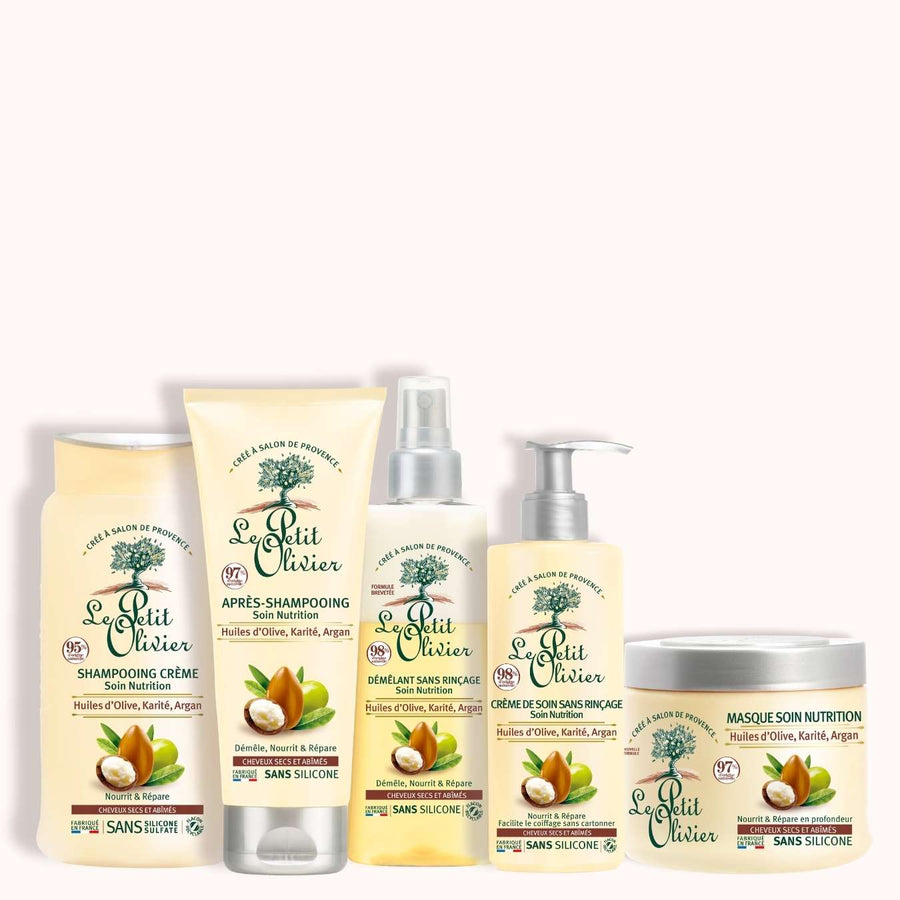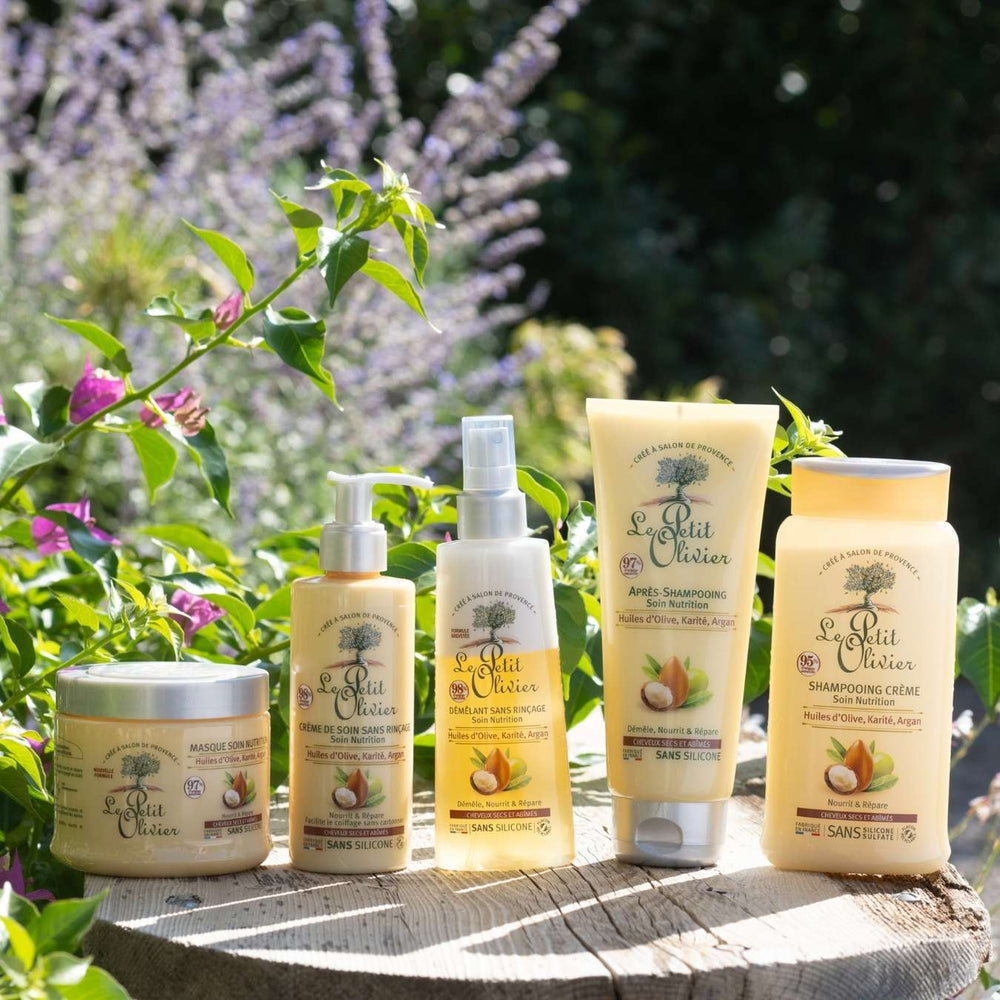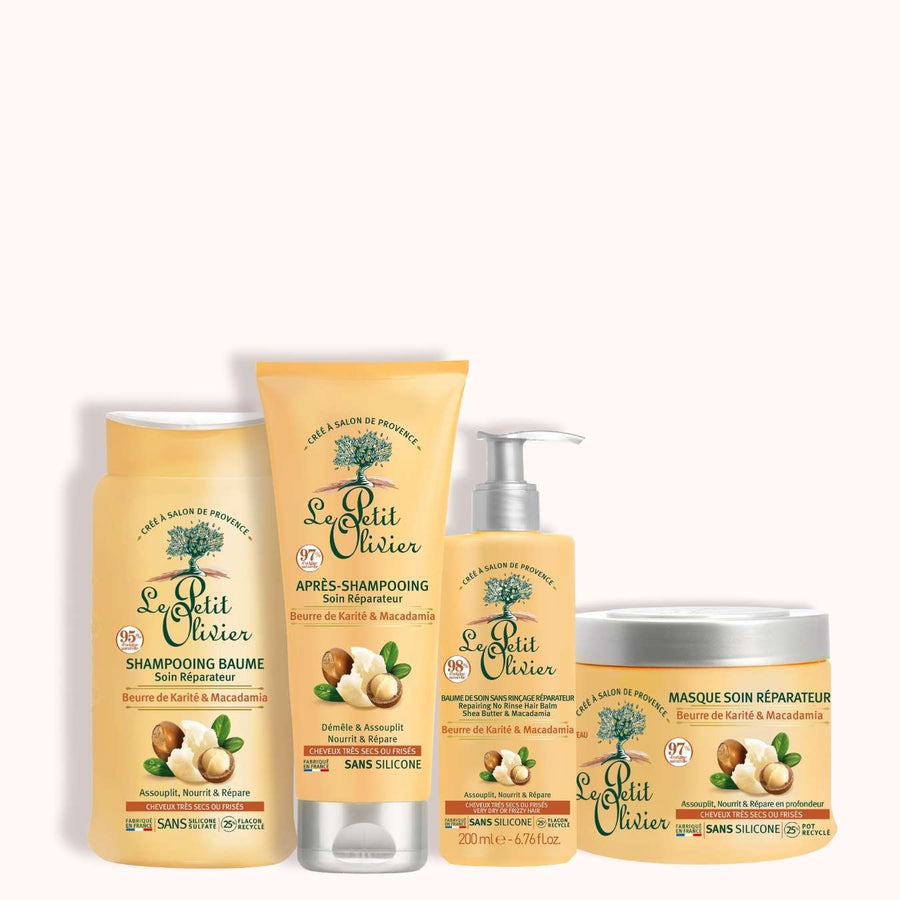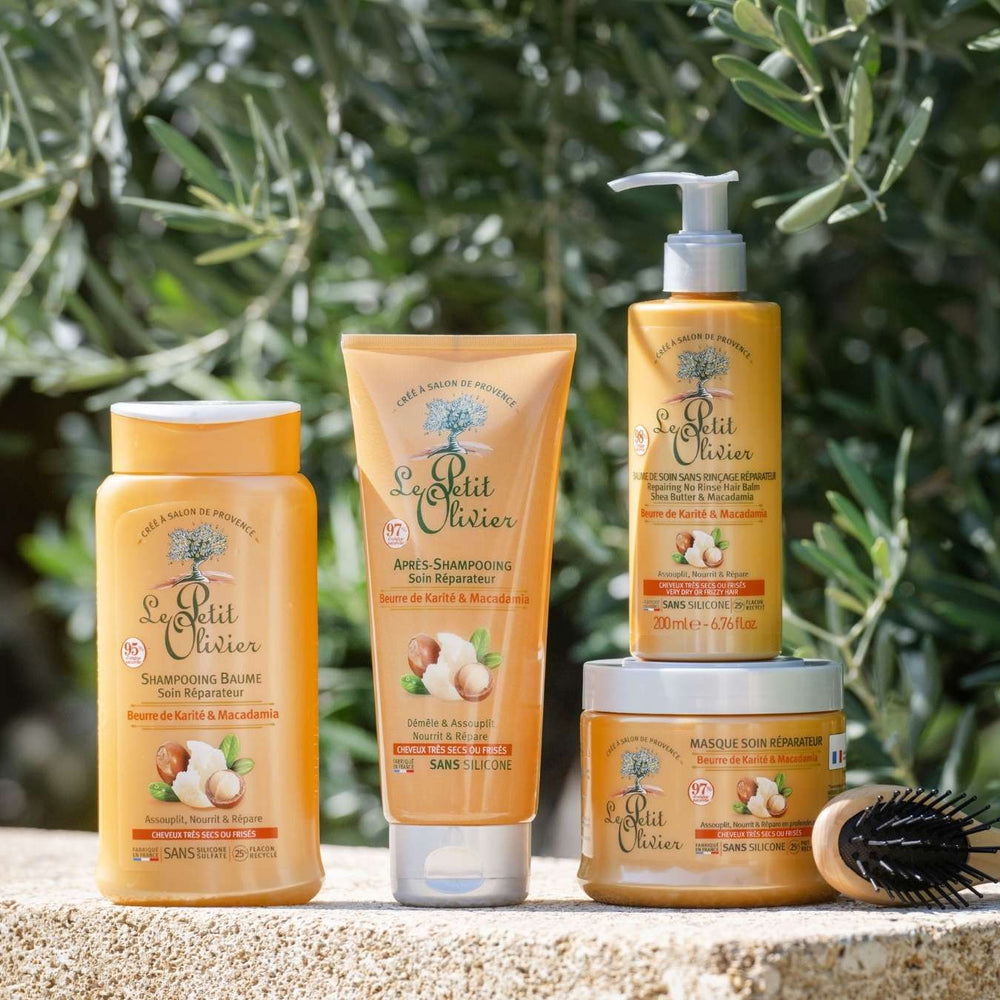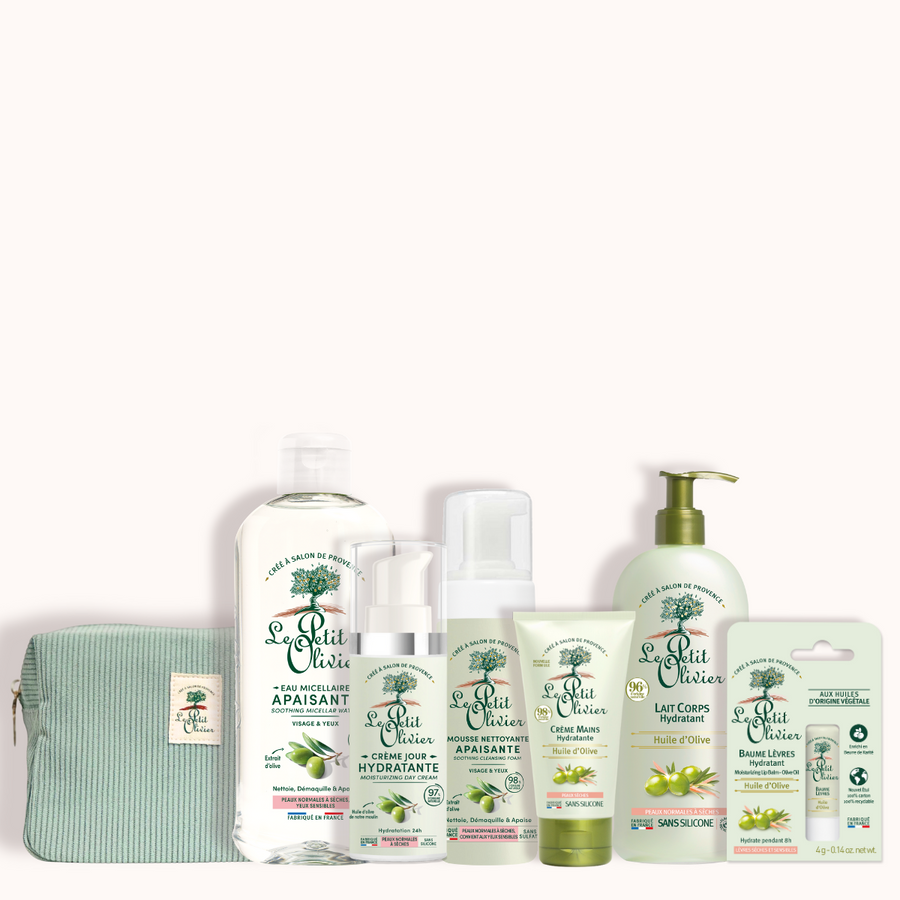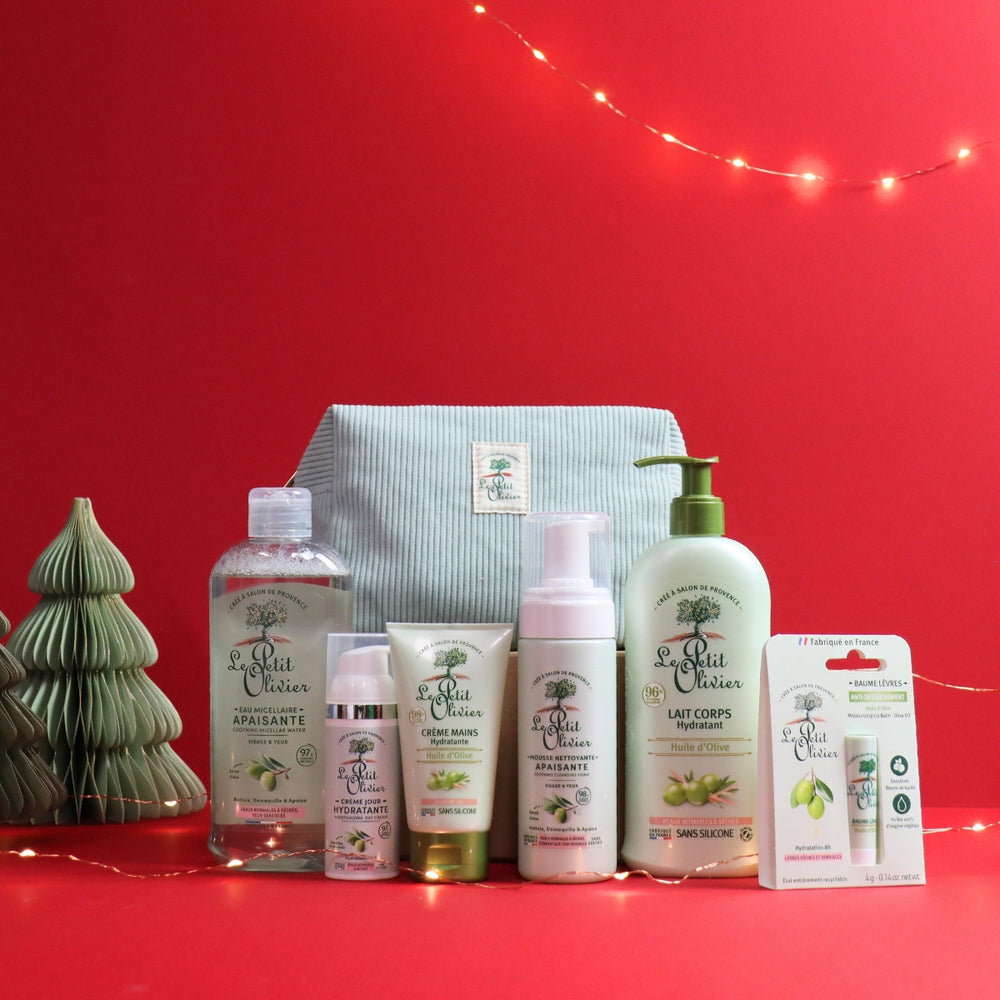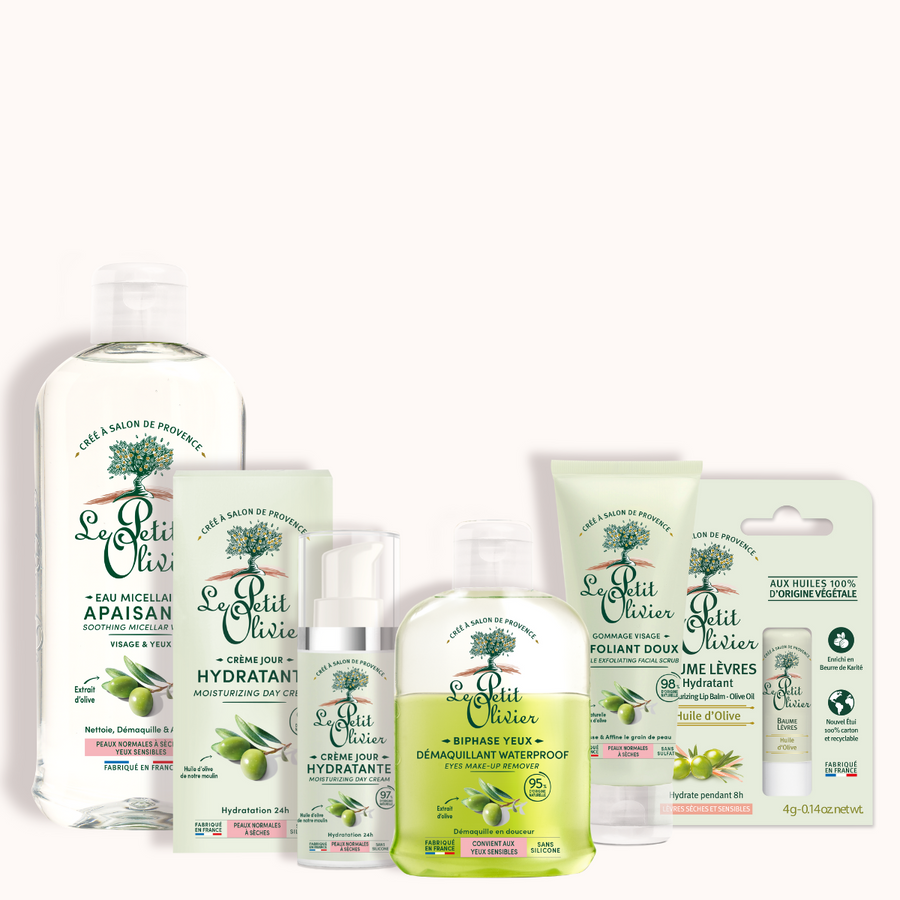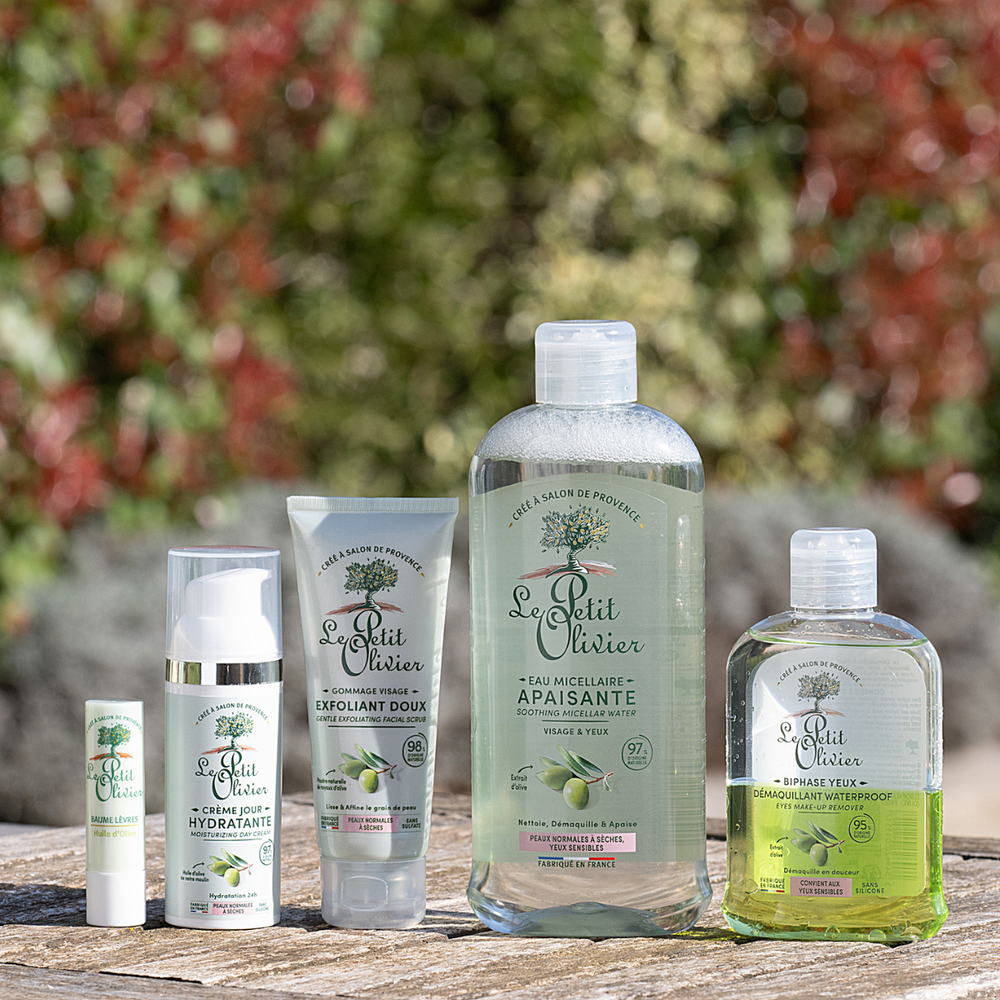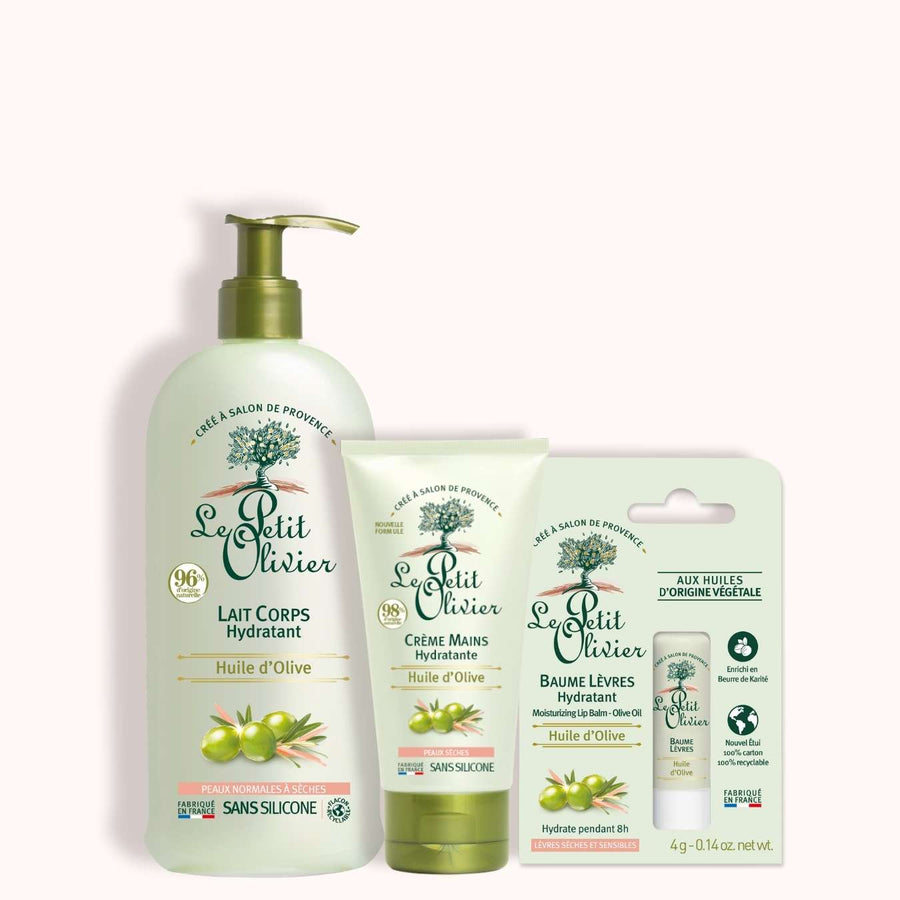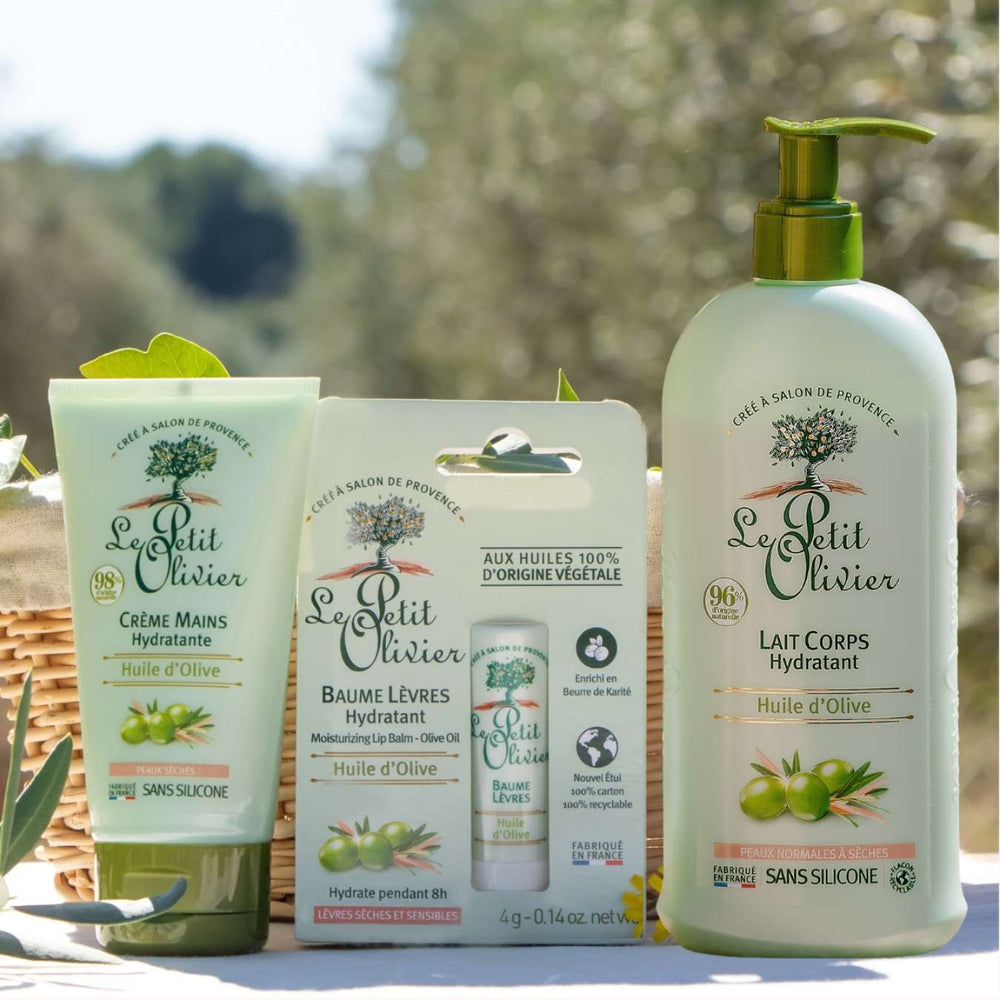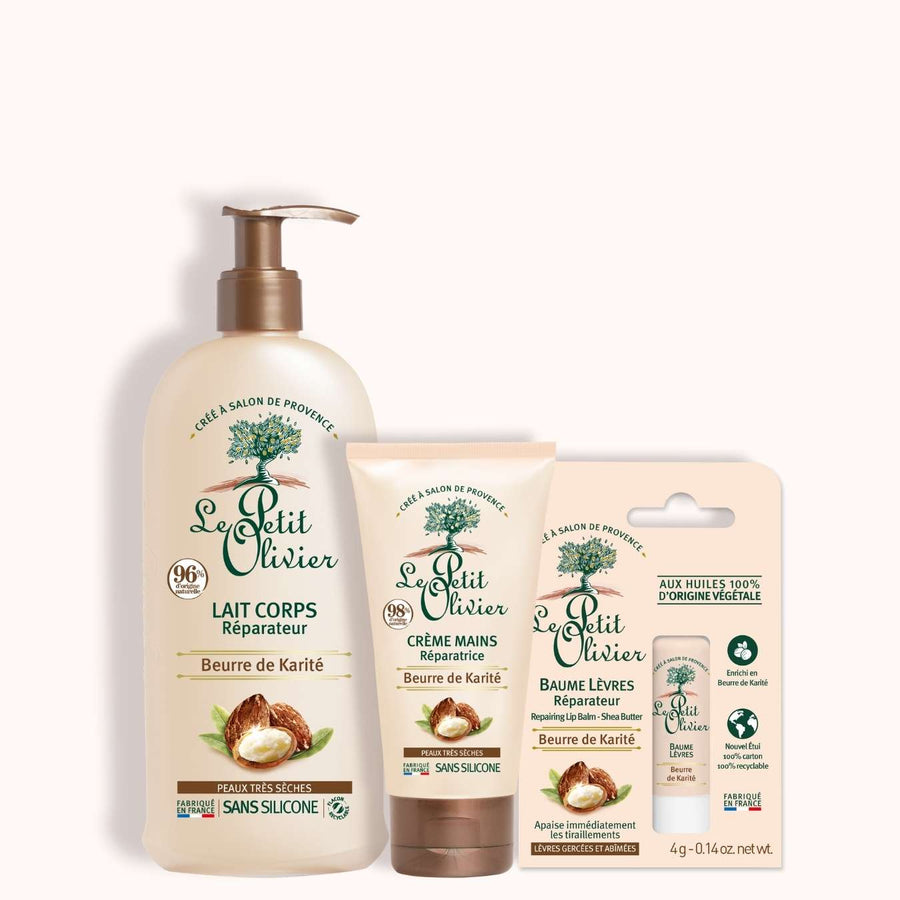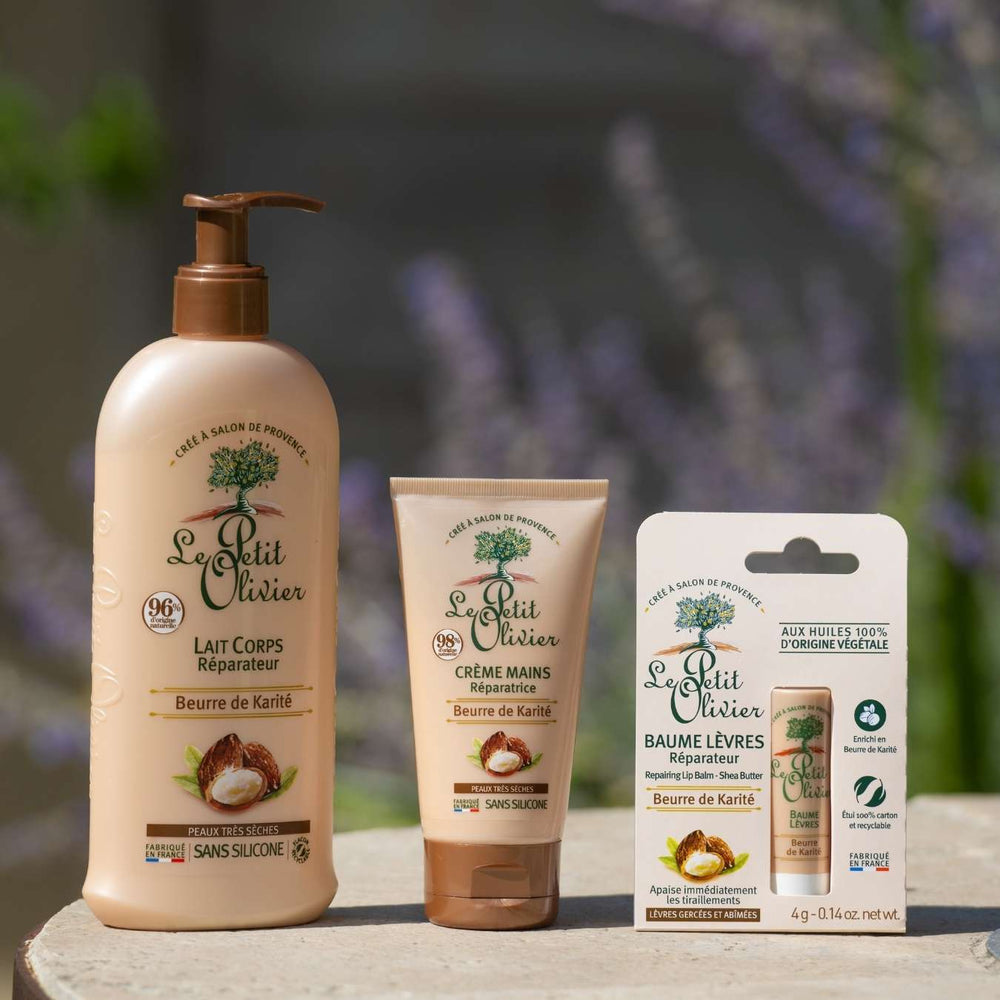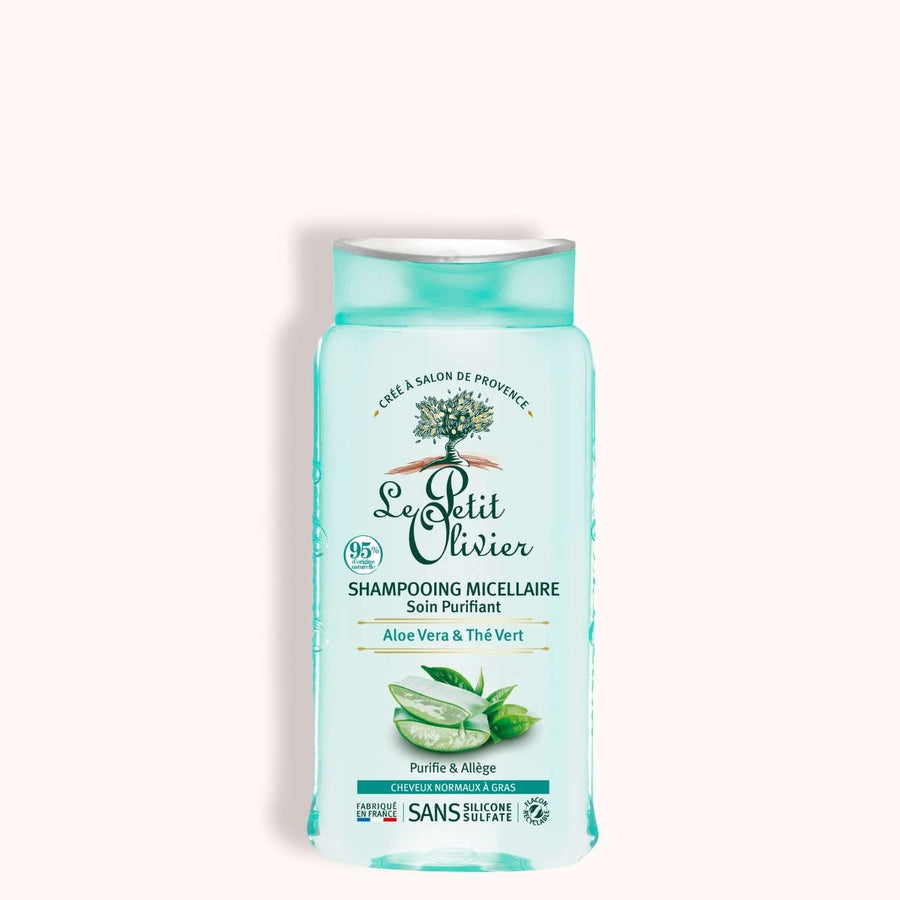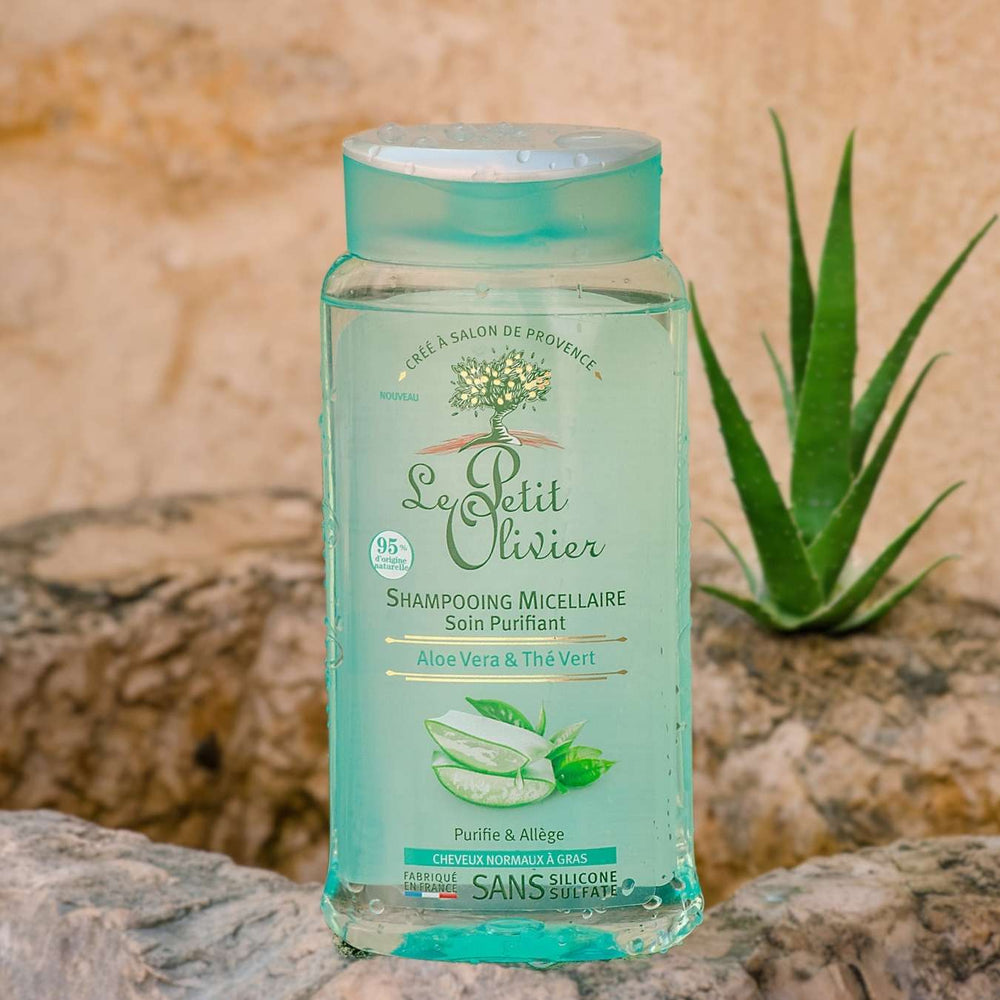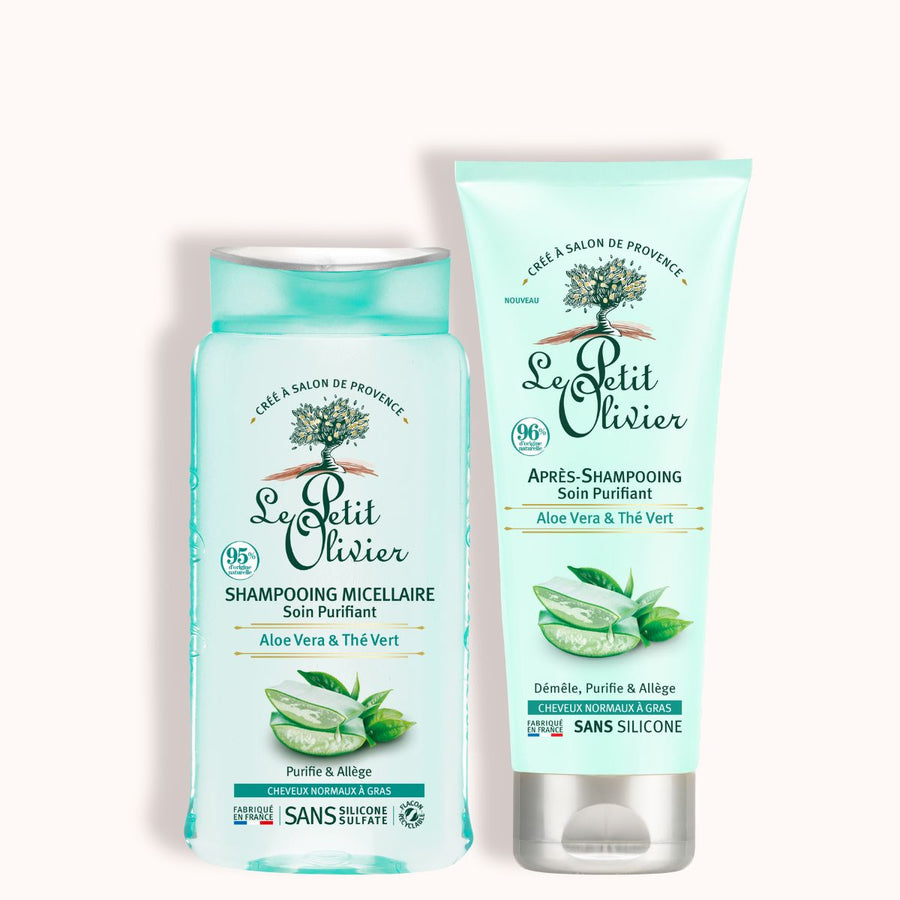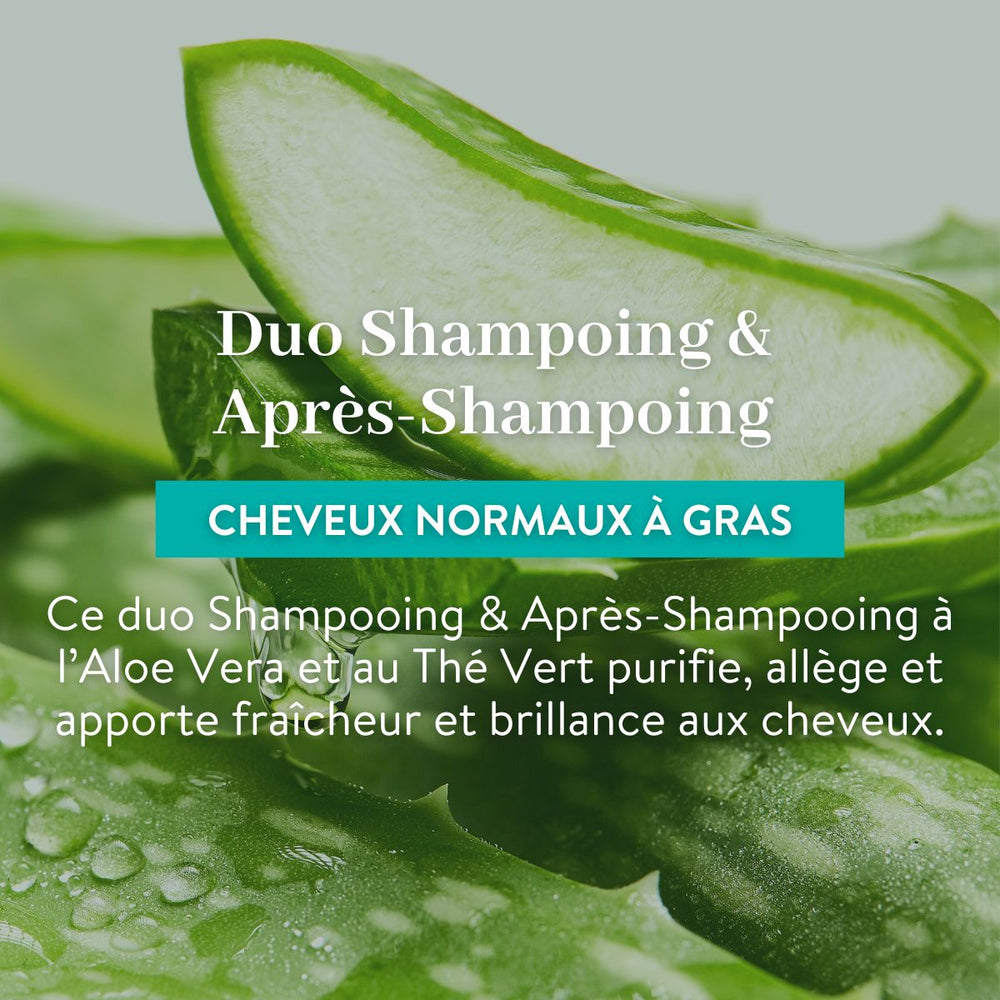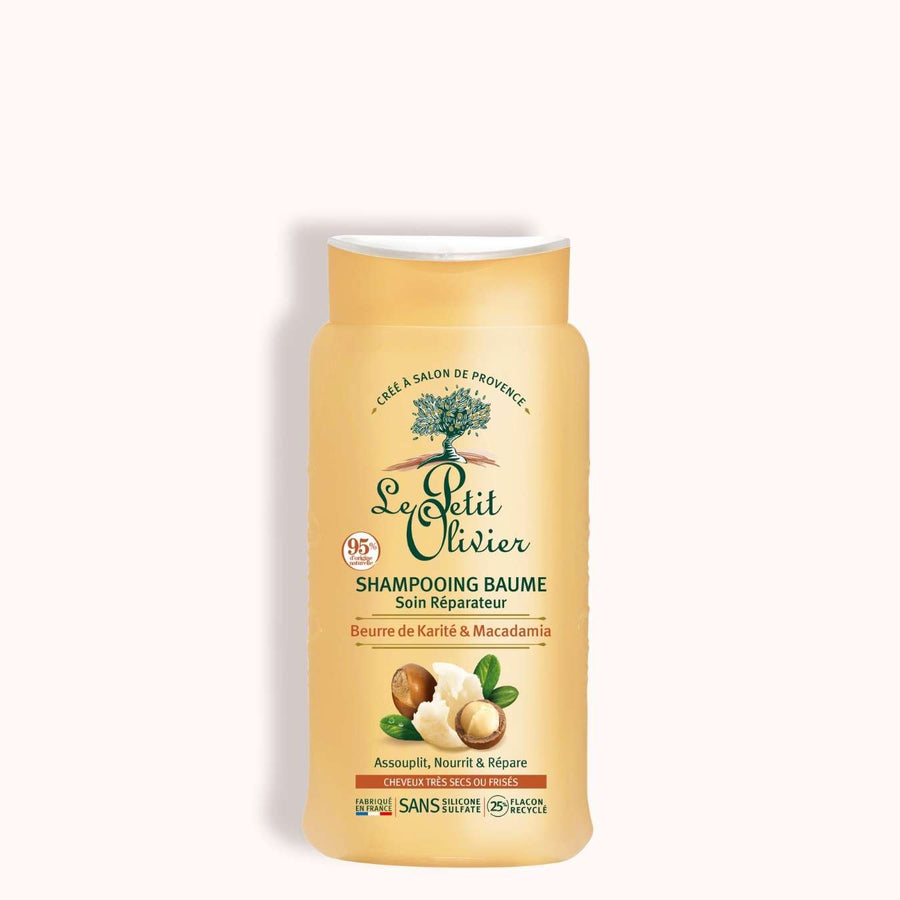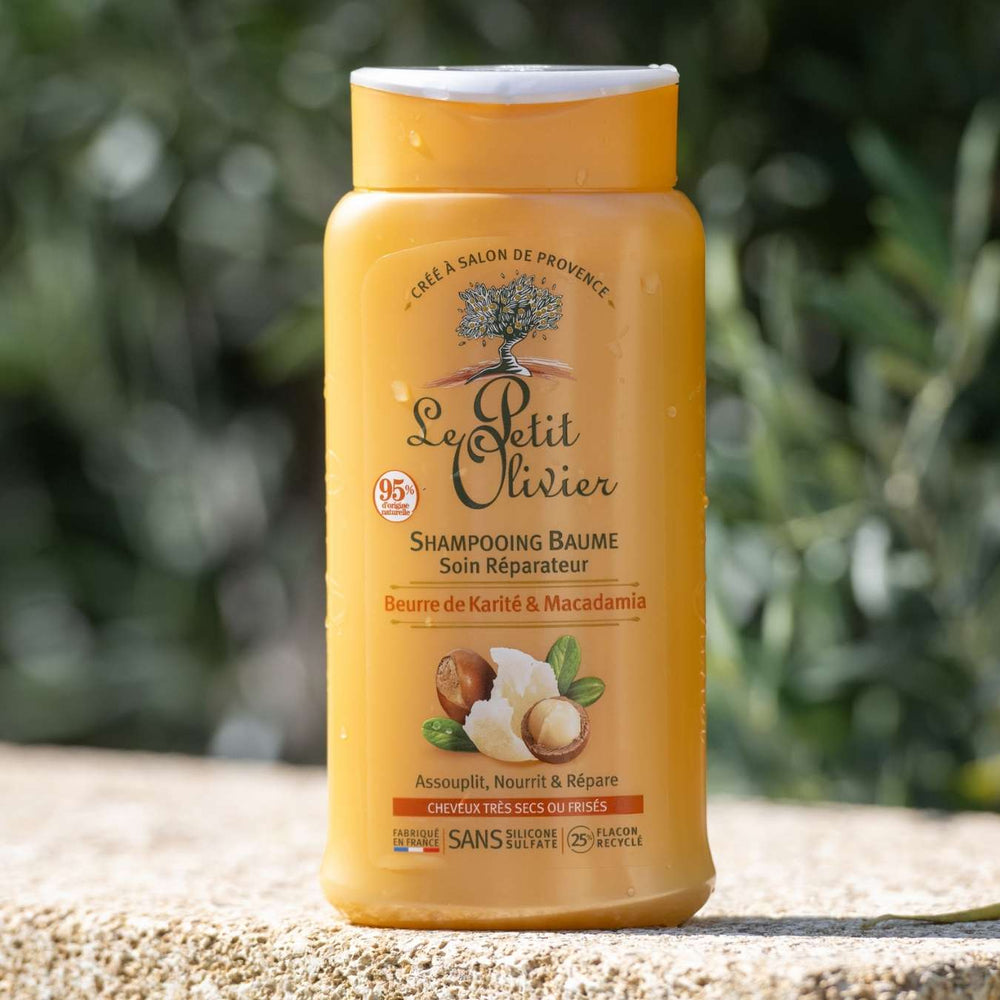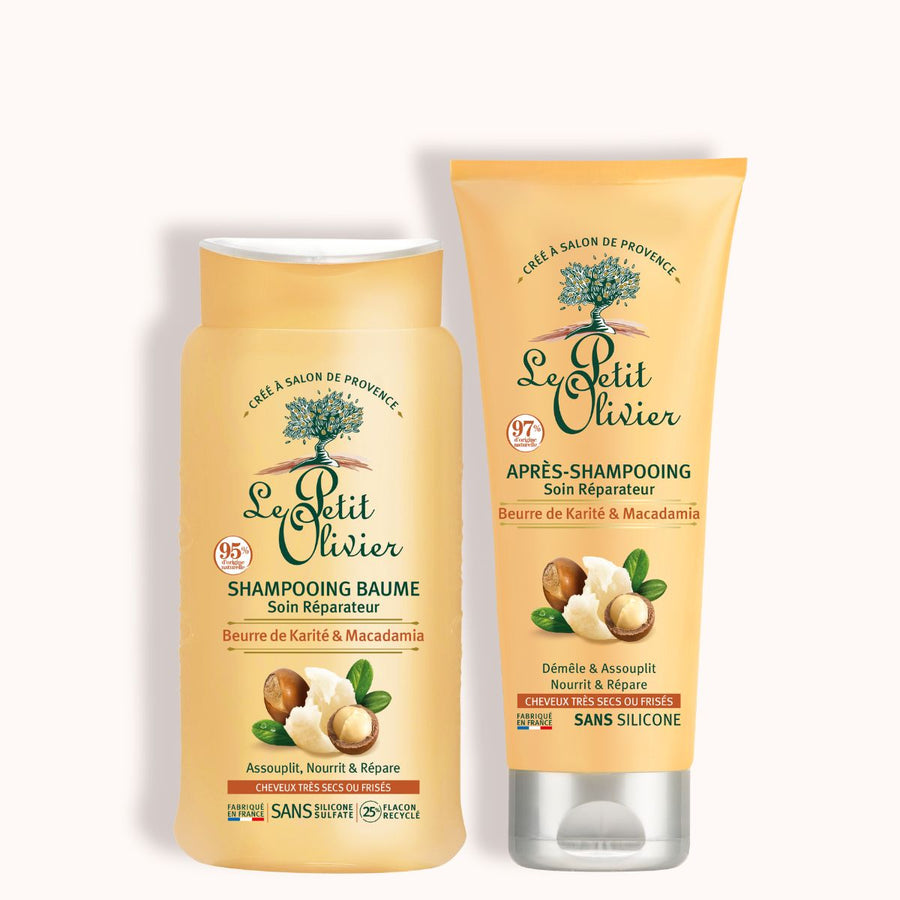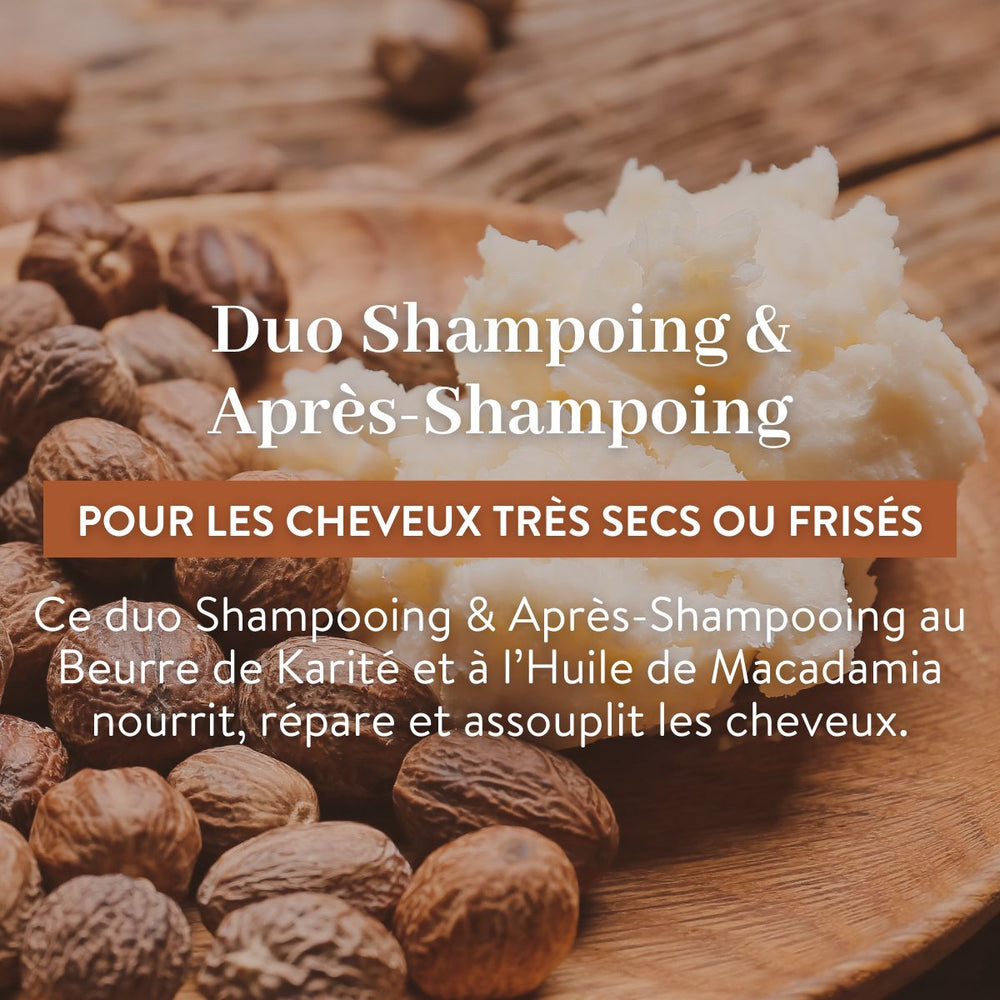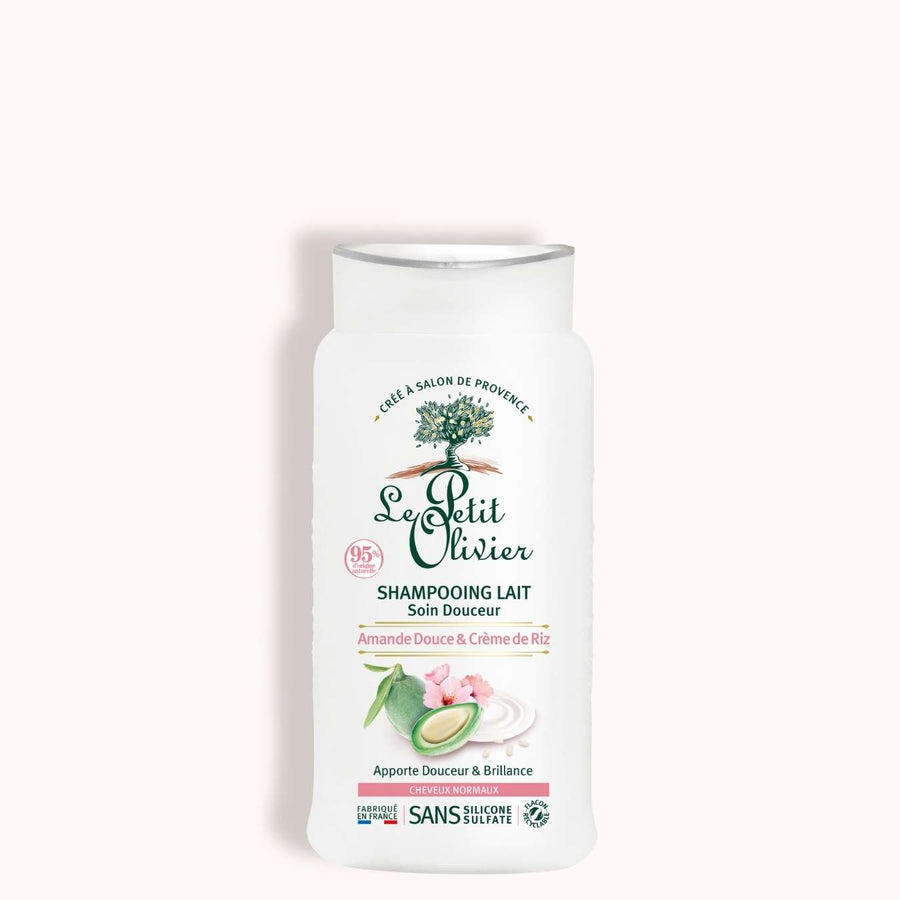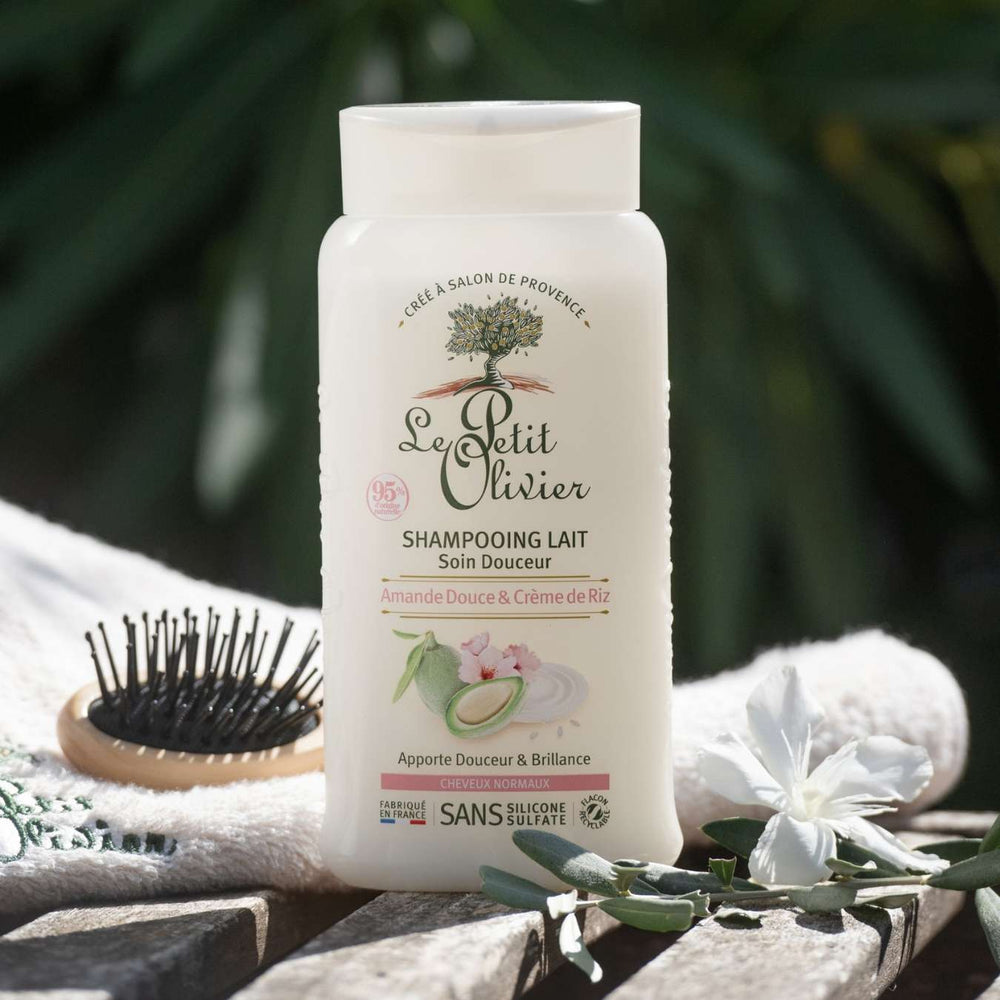How to choose the ideal shampoo for your hair type?
Choosing the ideal shampoo for your hair can seem like a real headache, but understanding the specifics of your hair is the key to making the right choice. Every hair type has unique needs, and it's essential to identify these in order to select the product that's right for you. What's more, knowing which active ingredients to look for and which chemicals to avoid will help preserve the integrity of your hair. Need personalized advice? Take Le Petit Olivier online hair diagnosis to find the products best suited to your needs.
Have you ever taken the time to analyze the labels on the products you use? Certifications and labels can guide you towards safer, scalp-friendly options. Finally, knowing the proper application techniques will maximize the benefits of your chosen shampoo.
How to choose the best shampoo for your specific hair needs?
Identify your hair type to choose the right shampoo
Choosing the right shampoo starts with a careful assessment of your hair type. Curly, straight, fine or thick hair, each has its own particularities and requires special attention. For example, curly hair often has a drier texture, due to the difficulty sebum has in distributing itself evenly along spiral strands. For this type of hair, a shampoo with macadamia oil or shea butter can provide softness and shine while closing the scales.
Oily hair, on the other hand, requires a different treatment. Deep cleansing is essential to eliminate excess sebum without irritating the scalp. In this case, opt for lightweight formulas that purify without weighing hair down.
Once you've identified your hair type, select the right product from Le Petit Olivier wide range of hair care products.

Evaluate your specific hair needs for an optimal choice
Beyond hair type, it's crucial to identify your specific needs in order to select the ideal shampoo. Do you need extra moisture? Do you want to fight frizz or add volume to your hair? Every need calls for a targeted response. The active ingredients in our formulas play a decisive role here.
Don't forget that every choice you make must also take into account the product's composition: avoid sulfates and parabens as much as possible, as they can damage your scalp over the long term.
Ultimately, taking a considered approach based on your hair type and specific needs will not only improve immediate appearance, but also provide long-lasting protection against daily external aggressors.

Toxic ingredients to avoid in shampoos
Ban harmful chemicals from shampoos
In the quest for radiant hair, it's crucial to pay attention to the ingredients lurking in your hair care products. Shampoos can contain substances that are potentially harmful to your scalp and hair. Among them, sulfates top the list for their aggressive detergency, which can lead to excessive dehydration and scalp imbalance.
Parabens, used as preservatives, also raise concerns about their impact on the hormonal environment. Formaldehyde and its liberators are also to be avoided, as they are known for their allergenic properties. Finally, the phthalates present in some synthetic fragrances are problematic because of their endocrine-disrupting effects.
Understanding shampoo labels
How to decipher shampoo labels
Withso many hair care products on the market, understanding shampoo labels is a must for anyone wishing to make an informed choice. The words and symbols that adorn these packages may seem cryptic, but they contain invaluable information. Take, for example, the terms "sulfate-free" or "paraben-free", which indicate that the product avoids certain controversial ingredients to preserve the delicate balance of your scalp.
The different types of shampoo and their specific features
Shampoos for oily hair: characteristics and choice
Oily hair requires special attention, as it is often the result of excessive sebum production by the sebaceous glands. To remedy this situation, it's crucial to choose the right shampoo that purifies without aggressing. Formulas dedicated to oily hair are distinguished by their ability to cleanse deeply while respecting the scalp's natural balance.
What's more, these shampoos often contain absorbent substances such as clay or kaolin, which help to eliminate excess grease without irritating the scalp. However, these products should be used in moderation to avoid weighing hair down. Once or twice a week is usually enough to keep hair looking fresh and light. You may be surprised by the difference it makes!

The role of natural ingredients in shampoos
The benefits of natural ingredients in shampoo
Natural ingredients play a crucial role in the formulation of shampoos that respect both your hair and the environment. Their use provides a unique sensory experience while delivering visible results. Active ingredients derived from nature, such as botanical extracts and essential oils, provide softness and shine without compromising the integrity of the scalp.
These natural ingredients are distinguished by their ability to work in harmony with the hair fiber. Unlike aggressive chemical products, they preserve the scalp's natural balance, reducing the risk of irritation or dryness. What's more, their antioxidant properties protect against external aggressors such as pollution and UV rays, reinforcing hair's natural resistance.
Tips for optimum use of shampoo
Washing frequency and amount of shampoo to use
The frequency of washing and the amount of shampoo applied can greatly influence the appearance and behavior of your hair. Have you ever noticed that your hair looks dull or weighed down after washing too often? This could be due to an imbalance in your hair routine. For curly hair, for example, it's advisable to space your washes between once and twice a week to preserve the natural hydrolipidic film that protects the hair fiber.
As for quantity, it's a good idea to apply a dose suited to the density and length of your hair. A dab is often enough for short hair, while longer lengths require more product. To avoid wastage and ensure even distribution, pour the shampoo into your hands before application.
Washing techniques to maximize the benefits of shampoo
Applying shampoo isn't just a matter of applying the product to your hair; it also requires a precise technique to reap its full benefits. Start by wetting your hair with lukewarm rather than hot water, to avoid excess sebum caused by over-stimulation of the sebaceous glands.
Here are a few steps to follow when washing:
- Gently massage your scalp with fingertips in circular motions. This action stimulates blood circulation while removing impurities without irritation.
- Remember to lather the product lightly before it reaches the lengths, as it's mainly the roots that need a thorough cleansing.
- Don't forget: meticulous rinsing is essential to eliminate any residual traces that could weigh down or dull your strands.
By incorporating these simple but effective practices into your hair ritual, you'll not only optimize the effectiveness of shampooing, but also help maintain the integrity and natural beauty of your hair over time.

We recommend these other pages:
